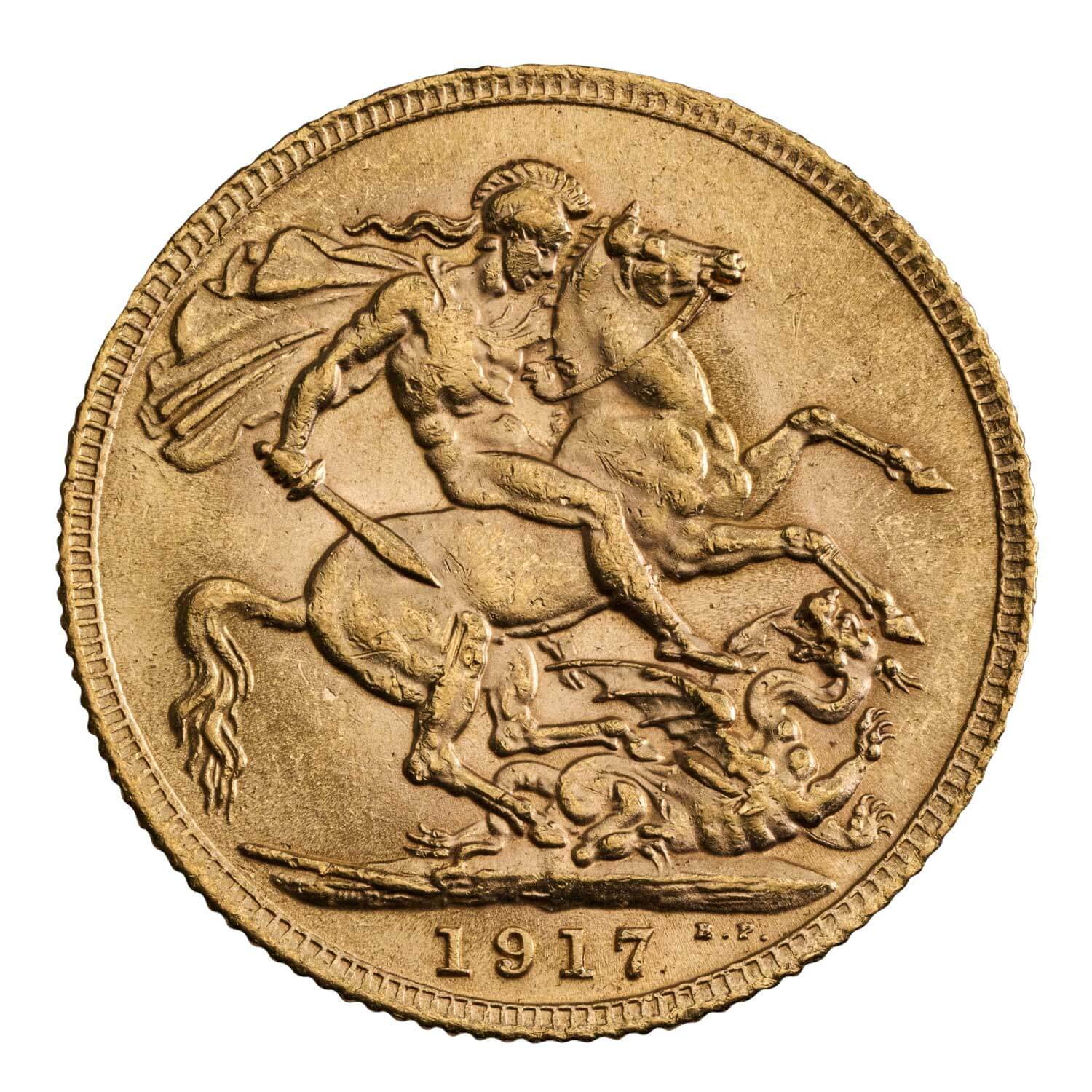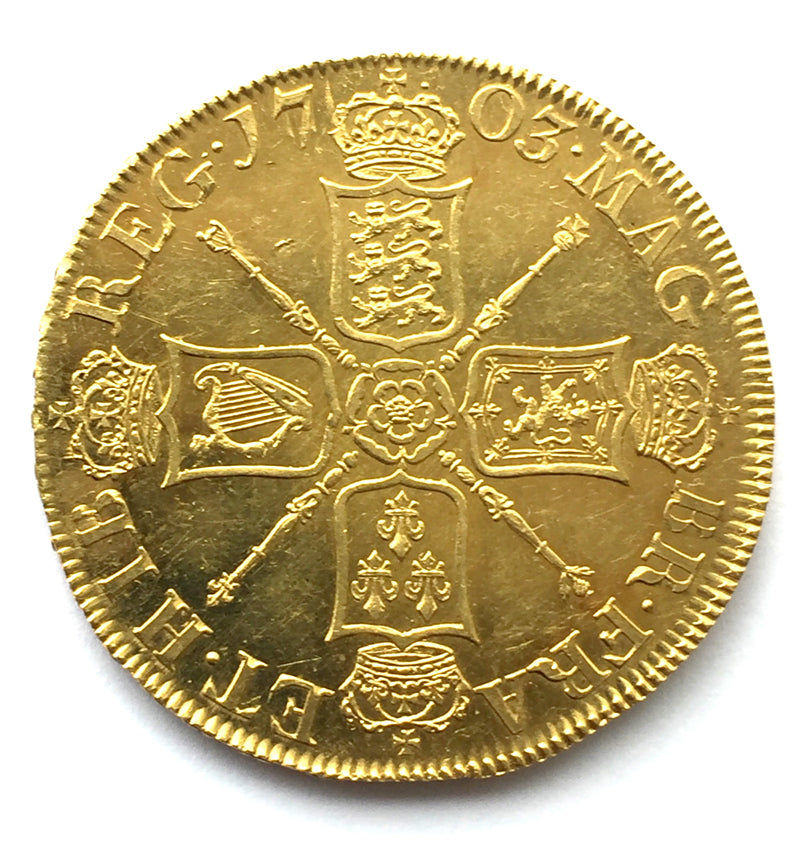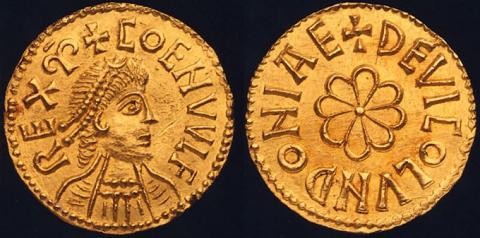Rarity is the motherlode for collectors. It often, but not always, means value. Find one of Britain’s rarest coins and you could really be in the money.
The UK (and its predecessor states) has been minting its own coinage since the 9th century. And before that there were Roman coins, Saxon coins…
The numbers made are stratospheric. The Royal Mint says there are more than 30 billion coins in circulation in the UK now.
Add to that billions that have been in and out of use over those centuries and you can see that rarity really is at a premium. But, accidents of history have happened. And here are the 5 rarest British coins for you.
5 - The 1933 Penny
Image courtesy of Royal Mint.
In 1932 the mint did a good job. Perhaps too good in fact.
Because for 1933, there was no need to produce any pennies.
There were enough in circulation.
The process by which these decisions are made is still very complex, and led by demand from banks for cash. 1933 was not a good year economically, with the Great Depression raging around the world.
However, the mint wanted to know that they were ready to go if demand did come in.
So, a design process was gone through, and a tiny number of 1933-dated pennies were minted.
Three went under building foundations. Three went into national reference collections.
The Royal Mint says that at least one more was made.
And if any were minted they could quite easily have made it into circulation.
This semi-mythic coin was perhaps the first to inspire regular change checking.
4 - Edward VIII Sovereign 
The £1 million coin.
Collectors love King Edward VIII.
Honestly, he’s perfect. It's a matter of timing.
Edward’s story is well known: he became king in January 1936, but his insistence that he marry his lover, the divorced Wallace Simpson, (and some of his other behaviour) precipitated a crisis that saw him off the throne by December 1936.
The wheels of the British state don’t move quickly. But, this schedule was just right to start production processes for stamps and coins for the new king. Among the traditions he trashed, Edward insisted on breaking pattern on which way his profile faced on new coins.
These coins never made it into circulation. In fact, the existence of the proofs and tests was kept secret until 1970.
They’re very valuable. And sovereigns probably the most valuable. There are thought to be six of them.
Four are known to be in museums and two are owned by private collectors.
One sold in 1984 for £40,000. There was another sale in 2014, showing a nice rise to £516,000, and finally, the Mint themselves sold one in 2020 for over £1 million, a record for a British coin.
3 - 1917 George V Sovereign
Image courtesy Royal Mint.
Sovereigns are now largely investment vehicles. They’re a way to own gold.
It’s been a long time since they were used regularly. And the end of their use produced one of British coinage’s rarest coins.
The last sovereigns for circulation were produced in 1917. Many of the coins made were packed up in cases and sent straight to the United States to help fund WWI. Presumably they were melted down.
It’s also possible that domestic owners melted them down too during a time of incredible international instability.
It is considered the rarest sovereign of the 20th century.
2 - Queen Anne Vigo Five Guinea 
Booty of war.
Here’s a very special edition, that recounts history in a way that is one of the most attractive features of coin collecting.
These coins were struck from gold looted from Spanish ships after the Battle of Vigo Bay in 1702, one of the opening salvoes of the War of Spanish Succession.
The battle itself was not a great success, so back in London the gold was turned into a triumphant piece of political propaganda by melting it down and turning it into these rather magnificent coins. Sir Isaac Newton was in charge of the Mint when the work was done there.
20 were struck, and they’re understandably sought after, going for around £¼ million in sales in the 2010s. Sales are rare, just 6 since the 1960s. The last was a lucky one, as the seller had no idea that the coin they had - although old - was one of the UK’s numismatic holy grails.
The Vigo mark probably adds a multiplier of around 50 to a coin’s value against a comparably aged, similarly weighted gold coin.
1 - The Coenwulf shilling
Held permanently for the nation and unique.
Predating the birth of the British state, this Mercian coin is completely unique (for the moment), and it’s not likely that the British Museum will sell it.
They paid over £350,000 for the coin in 2006.
It’s extremely fine, and according to the museum one of only eight gold coins from the entire period 700 to 1250.
It was used as circulating currency, and was probably modelled after Charlemagne’s coinage.
The king on it ruled Mercia, East Anglia, and Kent, and was the successor to King Offa, whose dyke famously divided England from Wales.
While this example will never be sold, it’s not impossible that there are others (or other coins like this) out there. They may have been buried or they may sit in collections, owned by people who have no idea what they are.
You should never give up hunting.
Rare, precious, and perfect for your collection
We can help you find rare and beautiful British coins for your collection.
If you’d like to see what we have in store then take a look at our store.
Or sign up here for the newsletter. That will give you more specialist information and the first news of our latest additions. It’s a must-have for a serious coin collector.






